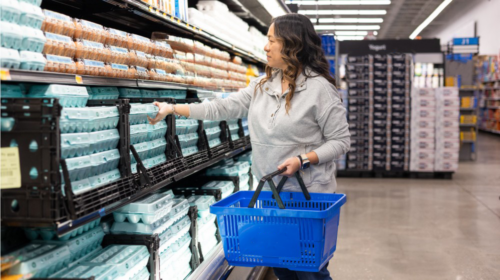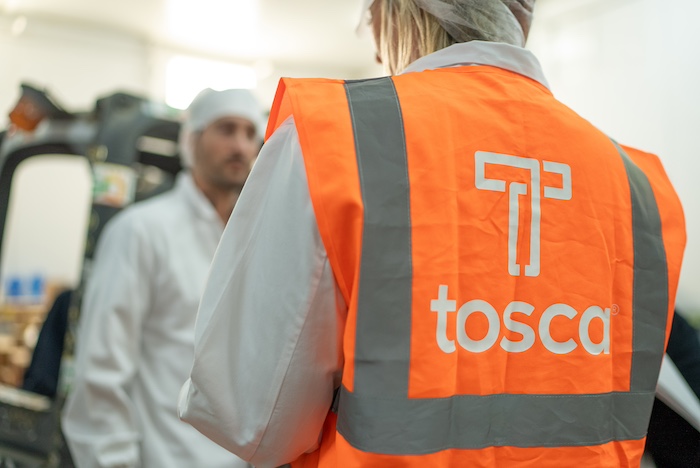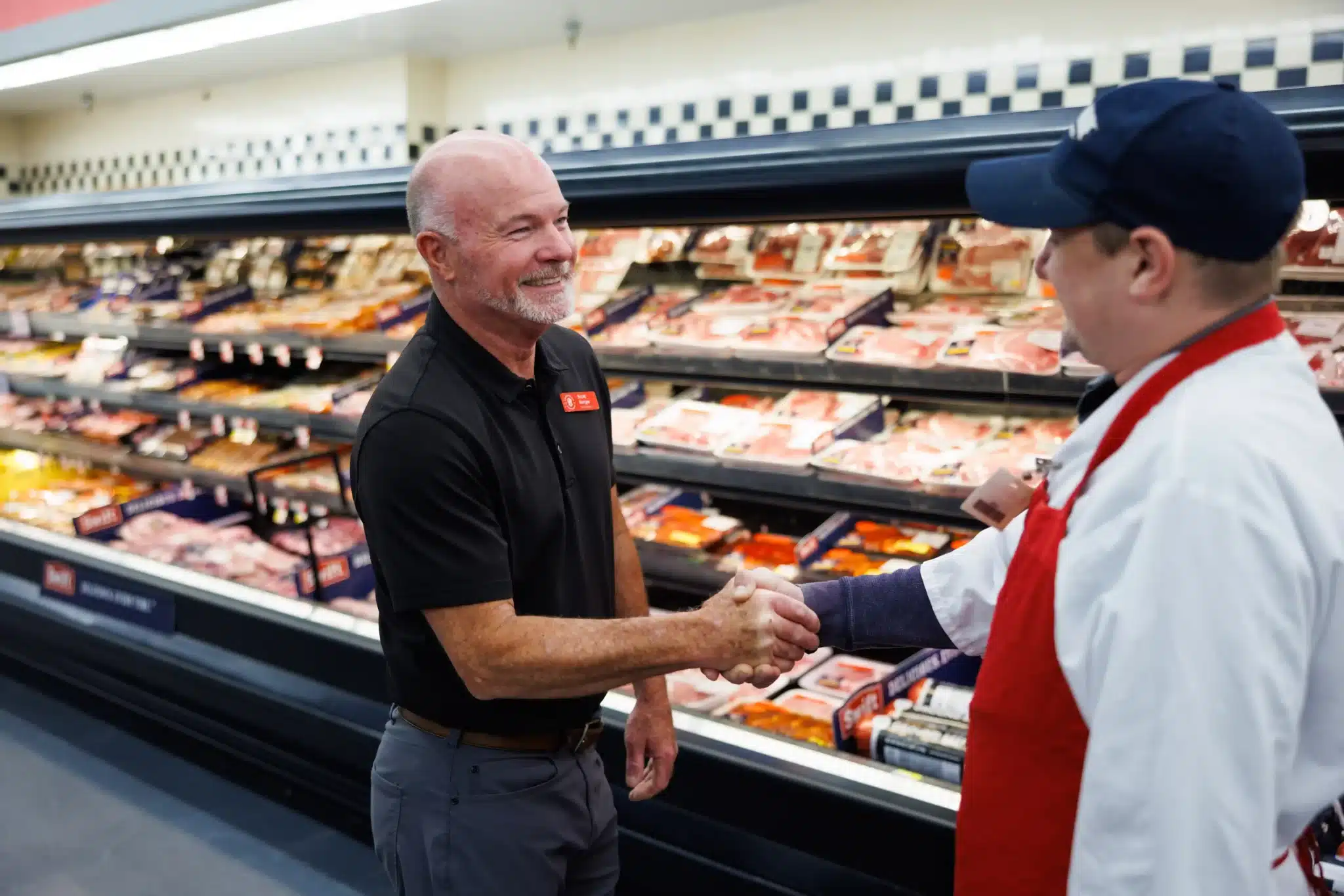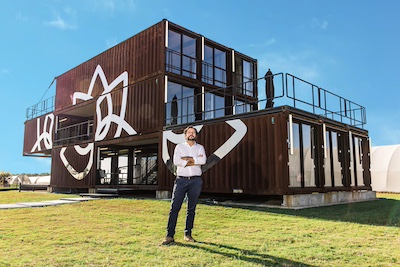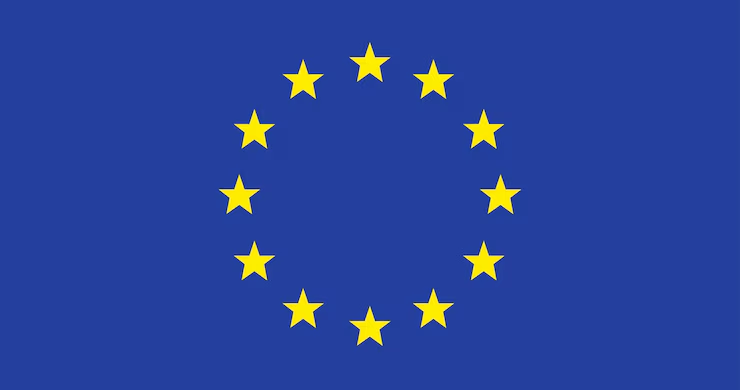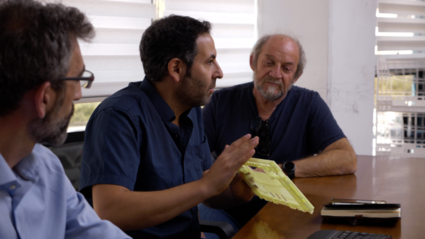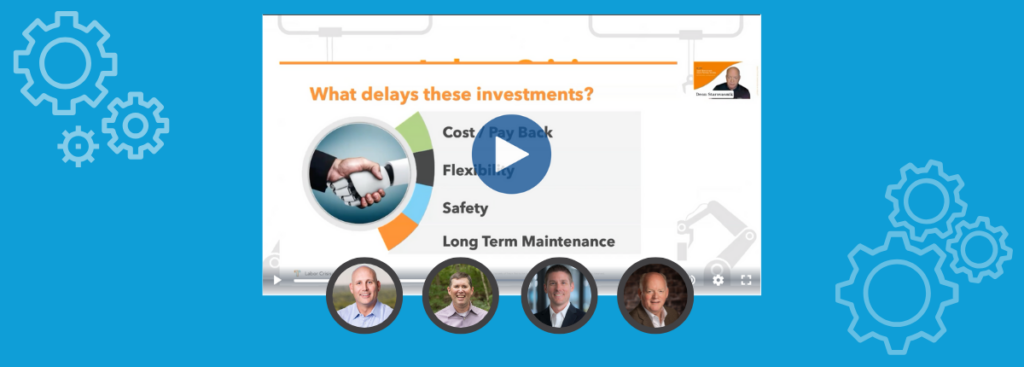From waste to value: The power of reusable packaging

Tim Debus explains how reusable packaging systems—like RPCs—unlock both economic growth and environmental benefits by breaking the link between resource consumption and value creation. Rather than treating packaging as disposable waste, EPR shifts the cost burden from municipalities to producers, incentivizing investments in durable assets that pay dividends over time.
He emphasizes that true circularity comes from viewing packaging as an asset worth preserving, not trash to be discarded. While upfront costs for purchasing and managing reusable containers can be a hurdle, the long‑term return on investment is significant. Companies that adopt RPC pools benefit from reduced waste‑management fees and streamlined operations—driving efficiency without compromising on sustainability.
Ultimately, reusable packaging delivers measurable improvements across the supply chain:
- Enhanced unit‑load stability for safer transport
- Lower shrink rates and improved product quality
- Extended shelf life and reduced spoilage
- Operational savings through standardized handling and returns
Here’s the full transcript:
You can have your cake and eat it too. You can have direct economic growth prospects of reusable packaging with the environmental and social benefits that come along though with it.
You need to first look at reusable packaging systems, uh, as a way to create efficiencies to cost savings, uh, and really drive that economic growth that’s that’s decoupled from. Resource consumption, which that by definition is what’s called a circular economy. And there’s a lot of movement in the mainstream about being more circular.
Uh, and that’s why reduces in that innermost loop of a circular economy because ultimately it’s an economic growth driver, uh, in terms of reducing cost. Uh. Driving efficiencies, creating new values, uh, that is not reliant on the continued consumption of, of natural resources. The one area that really has gained a lot of traction is the shift of the burden of the packaging waste from.
Taxpayers municipalities where currently consumers, uh, pick up the bill for the waste management, uh, resulting from packaging and shifting that burden to the producers that are actually shipping the packaging into, along with their products into these municipalities. Reuse is primarily. To me, first and foremost, a driver of economic value creation, uh, a driver of efficiencies.
I mean, the whole, the whole idea of single use is how can we continue to drive down price and cost of that box. Uh, it’s that the typical linear mindset of basically, uh, the lowest inputs, uh, in passing that burden downstream in terms of how we manage, uh, the ways associated with it, the, the, the big change, uh.
You know, again, leading to the more circular nature is, can we invest in our systems that’s gonna have payback over time? Uh, reusable packaging. Um. And it, you know, requires an investment. And the investment is not just building more durable, um, uh, assets or products or RPCs in this case, uh, that requires an upfront cost to be able to build those in, in, in a pool that’s gonna satisfy the demand, uh, of the products.
Uh, but, you know, how do we invest in the systems change? Uh, how do we take. 50 years of a culture and generation of throwing out packaging or packaging is basically trash to begin with. Uh, and, and, and move and change that and those behaviors to say that packaging is actually a valued asset, uh, that we don’t wanna throw our packaging out.
So we wanna preserve it, we wanna protect it, we wanna safeguard it for its continued use and value for, for our business. It, it, it’s, it’s that shift that becomes a, a limitation. It’s that investment upfront for a payback, uh, and years to follow. Uh, that ultimately requires, um, you know, that, uh, a change in an investment in any better way to distribute goods.
Uh, that really becomes the limitation is when you look at retailers and food producers, uh, that. You know, are looking to invest in their operations or looking to invest in the quality control. Investment in packaging may not be top of the list. Uh, and but when you look at, as I said earlier, when you look at the, the economic opportunity over time with reusable packaging, the payback is significant.
Uh, and the improvement of your business, uh, can be tremendous. You know, people don’t see that, right? It’s behind the scenes, but it’s there. And that leads to, you know, uh, shipping improvements and, and, and unit load stability and, uh, quality control and reduction of shrink and shelf life improvements. You know, you start checking all these boxes here and all of a sudden, those numbers, those, uh, economic drivers become, uh, very significant.

